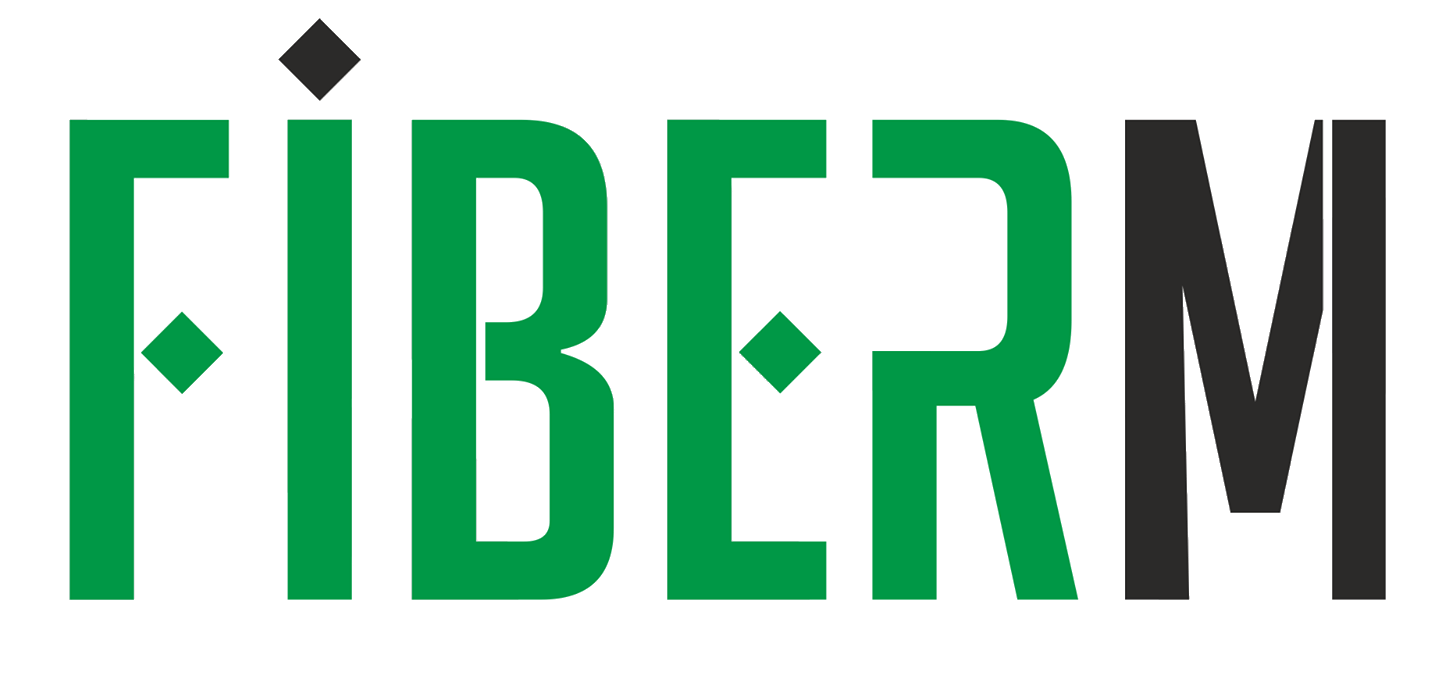Orders placed before 4 p.m. are processed on the same day.
FIBERM's selection of fiber optic switches includes high-quality accessories designed to terminate fiber optic cables in telecommunication networks. These switches play a crucial role in organizing and terminating optical fiber paths, facilitating efficient data transmission. The variety of products available allows users to choose switches that meet the requirements of their specific network management needs.
Switches and Their Applications:
Switches are devices designed to practically terminate fiber optic paths, making it easier to organize them. Depending on the chosen model, these switches can manage several to dozens of optical fiber paths. These switches can be used in optical transmission, ensuring efficient data transmission regardless of adverse conditions such as dust, vibrations, or temperature fluctuations. Switches offer a reliable alternative to traditional copper cables, providing a solution for high bandwidth and rapid communication needs. Industries, including industrial facilities transmitting large amounts of data daily, benefit from fiber optic switches.
Modular Switches:
Modular switches provide a functional alternative to classic models. They consist of a rack box and cassette modules designed for organizing fiber optic cables. These accessories can accommodate several cassette modules, enabling comfortable management of connections within a single switch. The modular system allows users to utilize hundreds of fibers. Mounting cassette modules to the rack box is facilitated by integrated screws on the front panel, ensuring quick and convenient assembly and disassembly of individual elements.
Wall-Mounted Fiber Optic Switch:
Another recommended product in the FIBERM assortment is the wall-mounted fiber optic switch. As the name suggests, this accessory is designed for wall mounting and consists of cable inputs, screws with nuts for mounting trays, and spaces for adapters. Constructed from high-quality, durable, and damage-resistant sheet metal, these switches vary in capacity and the number of inputs. Wall-mounted fiber optic switches are practical solutions for both indoor and outdoor installations. Waterproof variants are suitable for external mounting.
Fiber Optic Switches - Essential Elements of a Fiber Optic Network:
Fiber optic switches are metallic elements that constitute an essential part of a fiber optic network. Their primary function is to secure fiber optic splices in a tray placed within the switch. This ensures efficient and safe network management, crucial for network operators and installers.
Different Types of Fiber Optic Switches for Different Needs:
Various types of fiber optic switches are available on the market, such as wall-mounted, extendable, and fixed switches. Each type has its advantages and is chosen based on the specific needs of the network. It is essential to carefully examine the available options to select a solution perfectly tailored to the requirements.
Port Capacity - Key Selection Criterion:
Fiber optic switches are most commonly selected with a capacity for 24 duplex adapters. While this number is sufficient for most networks, it may be inadequate in some cases. Therefore, it is crucial to determine the number of ports needed to support a specific network before making a purchase.
How to Choose the Best Fiber Optic Switch?
Choosing the best fiber optic switch depends on several factors. Firstly, users need to determine their needs and requirements and then consult experts in the field of fiber optic networks. Selecting a reputable manufacturer that offers high-quality products is also crucial. This ensures that the purchased switch is not only functional but also reliable and safe for use. In summary, fiber optic switches are indispensable elements of fiber optic networks. Choosing the right type and port capacity is essential for effective network management. It is advisable to precisely define needs and consult with experts in the field before making a purchase.
 FIBERM Access Switch PD 30/30/10 with 18 x SC Duplex switching field for installation on existing wiring/ducts
FIBERM Access Switch PD 30/30/10 with 18 x SC Duplex switching field for installation on existing wiring/ducts